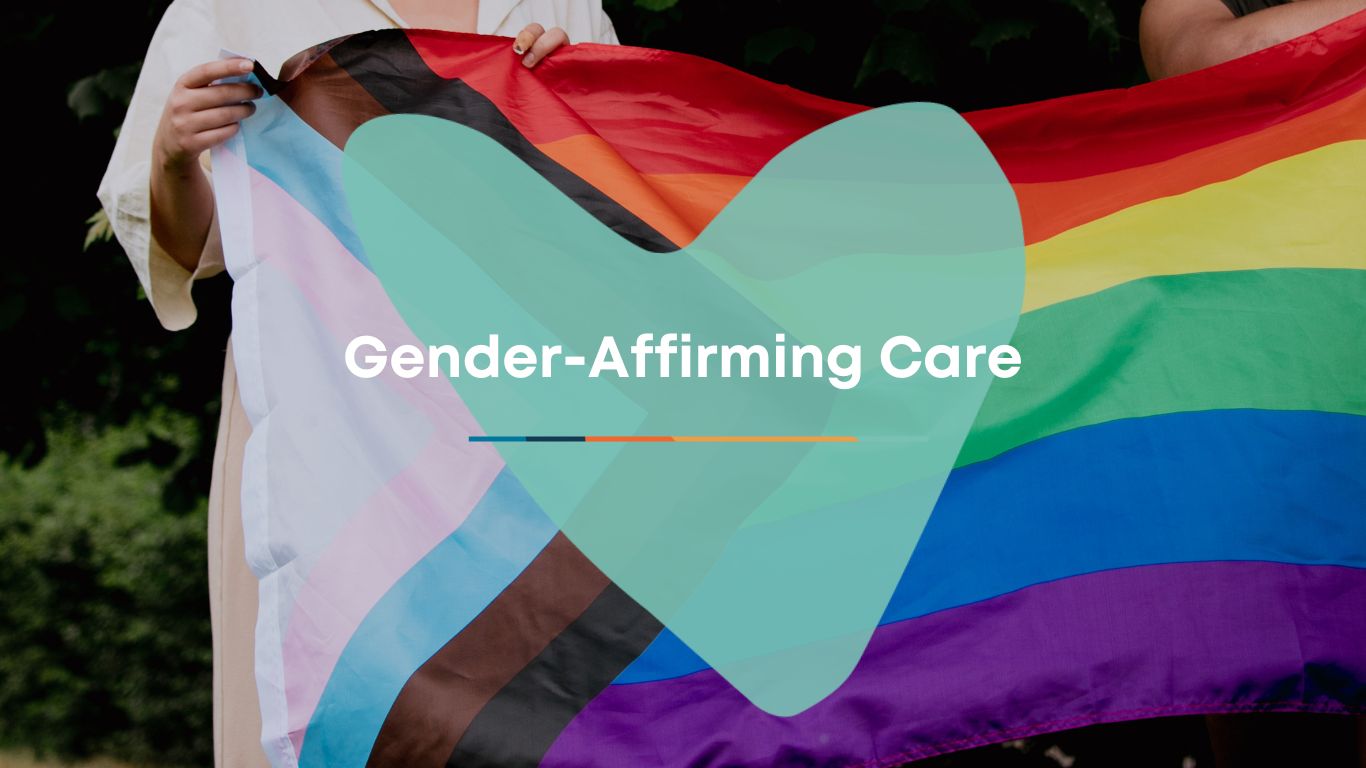Are you beginning to consider a gender-affirming procedure? First and foremost, take a deep breath—you’re in a space that’s open, inclusive, and here to support you every step of the way. Let’s dive into what gender-affirming procedures are, explore your options, and address some of the questions you might have as you start this journey.
What Does “Gender-Affirming Procedure” Mean?
A gender-affirming procedure is a medical or surgical intervention that helps align your physical appearance with your gender identity. These procedures can range from hormone therapy to surgeries like chest masculinization/feminization (top surgery), facial feminization/masculinization, hysterectomy, and more. The key takeaway here is that there’s no ‘right’ way to transition. It’s all about what feels right for you, whether you pursue one procedure, several, or none at all.
1. Hormone Therapy: Where Many Begin
Hormone therapy is often the first step many take on their gender-affirming journey. For those looking to masculinize their bodies, this usually involves testosterone, while a combination of estrogen and testosterone blockers are used for feminization. Hormone therapy can lead to changes such as:
- Voice deepening or softening
- Hair growth or redistribution
- Muscle mass changes and fat redistribution
It’s essential to consult with a healthcare provider experienced in gender-affirming care to discuss your goals, expectations, and any potential side effects. For a deeper dive into hormone therapy and what to expect, check out our article, “The Real Deal on Gender-Affirming Care”.
And if you’re looking for friendly and expert support on your gender-affirming journey, check out Dr. Kazia Parsons at Affirm Health Telemed—she specializes in personalized hormone therapy and is here to help
2. Top Surgery (Chest Surgery)
Top surgery is a common gender-affirming procedure for both transmasculine and transfeminine individuals. For transmasculine people, this typically involves chest masculinization to create a flatter chest. For transfeminine individuals, breast augmentation can enhance chest feminization.
There are different surgical techniques for chest surgeries, and recovery times can vary. You’ll want to consider aspects such as types of incisions, scarring, and aftercare. For more detailed information, explore our article “Gender Affirming Surgery: Everything You Need to Know About Top Surgery Before Taking the Leap”.
3. Additional Surgical Procedures
Beyond hormone therapy and chest surgery, other gender-affirming procedures may include:
- Facial Feminization or Masculinization Surgery: Alters facial features to align more closely with your gender identity.
- Hysterectomy or Oophorectomy: Surgical removal of the uterus and/or ovaries, often considered by transmasculine individuals.
- Bottom Surgery: Procedures such as vaginoplasty, metoidioplasty, or phalloplasty can create external genitalia that align with your gender identity. These surgeries are more complex and often involve multiple stages and considerations.
Navigating the Emotional Aspects
Deciding on a gender-affirming procedure is not just a physical process; it’s an emotional journey as well. It’s perfectly normal to feel a mix of excitement, fear, relief, and uncertainty. Finding a support system that includes affirming healthcare providers, friends, family, or community groups can be incredibly helpful. At OutWellness, we’re here to provide a safe, non-judgmental space to explore these feelings and help you make informed choices.
What Else Should You Consider?
If you’re in the early stages of exploring gender-affirming procedures, here are some additional points to think about:
- Consultations: A consultation with a healthcare provider specializing in gender-affirming care is a great place to start. They can help you navigate your options, discuss potential risks and benefits, and set realistic expectations.
- Insurance and Costs: Understanding the financial aspect of your journey is important. Check what your health insurance covers and explore resources for assistance if needed.
- Long-Term Care: Hormone therapy and surgeries require regular follow ups with your healthcare team, so making sure you feel comfortable and confident with these practitioners is vital!
- Building a Support Network: Surround yourself with people who affirm and support your identity. A strong network can help you through each stage of your journey.
We’re Here for You
Embarking on a gender-affirming journey is deeply personal, and we’re here to support you every step of the way. At OutWellness, our goal is to provide you with the care, information, and a safe environment you need to explore your options. Ready to learn more? Reach out to us to discuss your options or just talk through where you’re at in your journey. And don’t forget to check out our hub of resources for more articles and guides tailored to support you.
Contact Us
At OutWellness ATX, we’re committed to supporting you through every step of your recovery journey. If you have any questions or need personalized advice, don’t hesitate to reach out to our expert team. We’re here to help you achieve a smooth and effective recovery.



